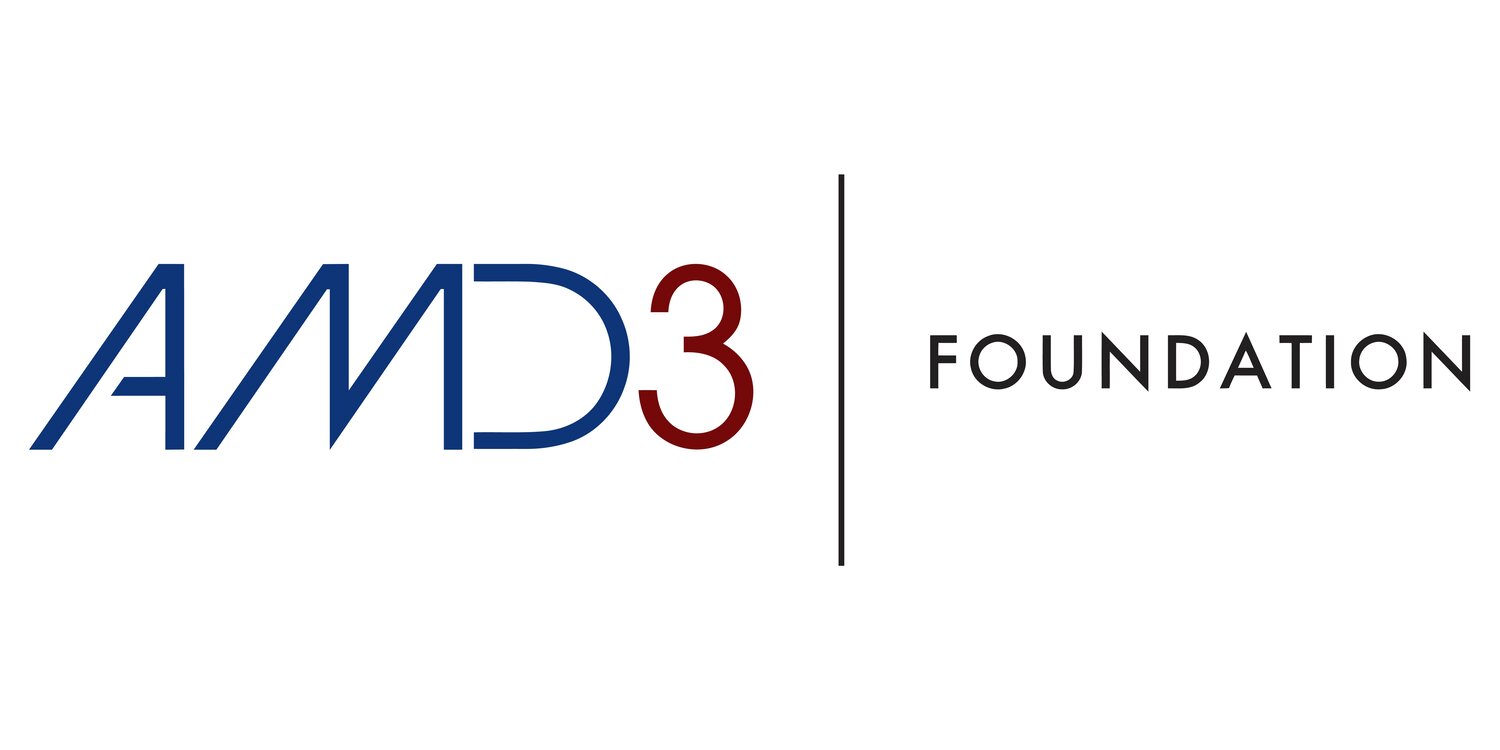What are the Gender Differences in Osteoarthritis Evaluation and Treatment?
Osteoarthritis (OA) is a progressive disease that destroys the cartilage and joints. While men and women with OA present at comparable rates with similar symptoms, women report greater symptom severity and disability. As one of several common degenerative joint diseases (DJD), an OA diagnosis often leads to Total Joint Replacement (TJR) to lessen pain and increase mobility.
Although 26 percent of women have arthritis (as opposed to 18 percent of men), women are three times less likely than men opt to undergo TJR, despite having end stage degeneration.
When women elect TJR, they are typically older and more frail, report worse arthritis pain, and have worse pre-op function scores.
With women comprising 60 to 70 percent of TJR patients both across the country and locally, care providers must develop a more tailored system to close these gaps while accounting for gender-specific differences. In this case, gender relates more closely to the patient’s lifestyle, behavior, and habits than simply their sex assigned at birth (male or female). Within pre-operative decision making to post-operative care, there are several gender-specific differences of note that present opportunities for improvement along the patient pathway.
Gender-Specific Differences in Pre-Operative Care
Prior to surgery, women tend to:
● Ask the most questions about pre- and post-operative care
● Be more affected by osteoporosis than men
● Have lower pre-op function scores (which can lead to less improvement following TJR)
● Report more functional disabilities with DJD pre-op and especially worse quad and abductor function
Prior to surgery, men tend to:
● Have higher overall functional scores
Gender-Specific Differences in Pre-Operative Care
Both men and women have similar survivorship rates of the implant systems (both standard and gender-specific), and comparable improvements in functional outcomes, activity scores, and quality of life. However, there are significant disparities in recovery.
After surgery, women tend to:
● Have slower recoveries, with specific abductor (hip) and quad (knee) deficiencies as well
as gait abnormalities
● Be more likely to develop a UTI, require a blood transfusion, and a non-home discharge
After surgery, men are:
● 15% more likely to return to the ER within 30 days of hospital discharge
● 60% and 70% more likely to have an acute myocardial infarction (heart attack) within three
months following total hip replacement (THR) and total knee replacement (TKR),
respectively
● 50% more likely to require a revision arthroplasty within two years of TKR
● 25% more likely to be readmitted to the hospital and 70% more likely to experience an
infection or revision surgery within two years of TKR, compared
Project Aim
This project aims to educate providers and patients alike on appropriate and inclusive gender-specific care pathways. These recommendations should guide specific improvements to both behavioral and genetic gender-specific elements of the patient pathway and inform tailored patient education and pre-op decision-making tools, and exercise programs for prevention, surgery preparation, and post-operative rehabilitation.
Approach
To address these disparities, the Gender-Specific OA and TJR Care Working Group has identified three priority focus areas:
Pre-operative care coordination to improve gender-specific education and shared decision-making tools
Pre-habilitation and rehabilitation to develop gender-specific exercise programs for prevention and delay or surgery
Qualitative patient feedback to determine the factors that matter most to patients in relation to gender and OA, gender and TJR, and gender and TJR in the post-operative area.
Next Steps
Gender-specific care programs should encourage women especially to practice arthritis prevention habits that mitigate women’s known risk factors (e.g., maintaining a healthy weight, maintaining a low impact exercise regimen, quitting smoking, and avoiding injury). They should also address biological differences, such as methods for slowing the development of osteoporosis, or focusing more closely on abductor muscles for hips, and quads for knees. Strength and functional decline should be closely monitored in women with DJD.

